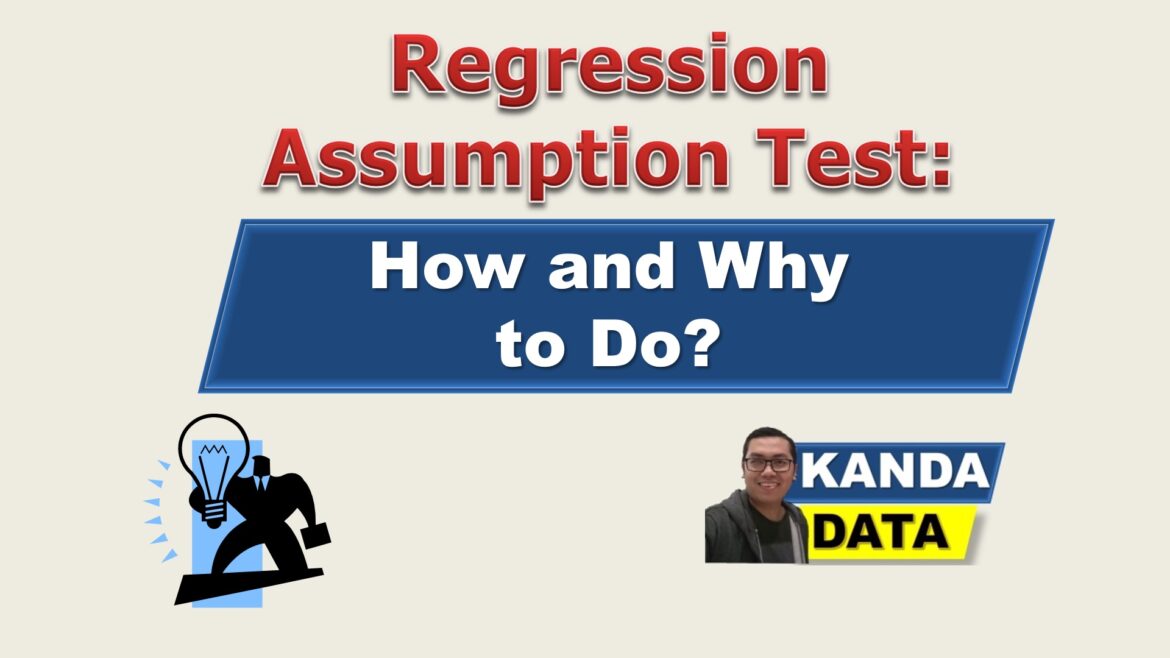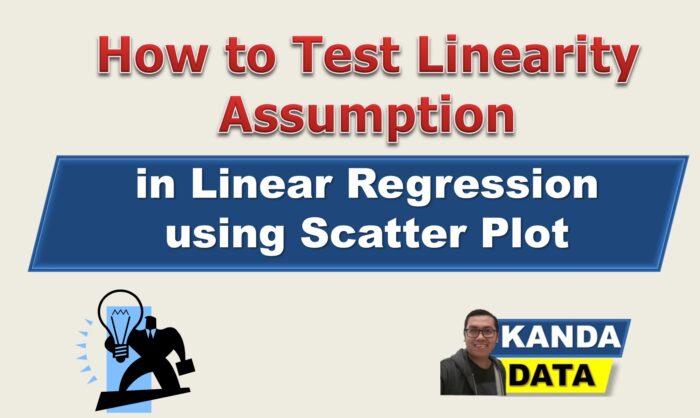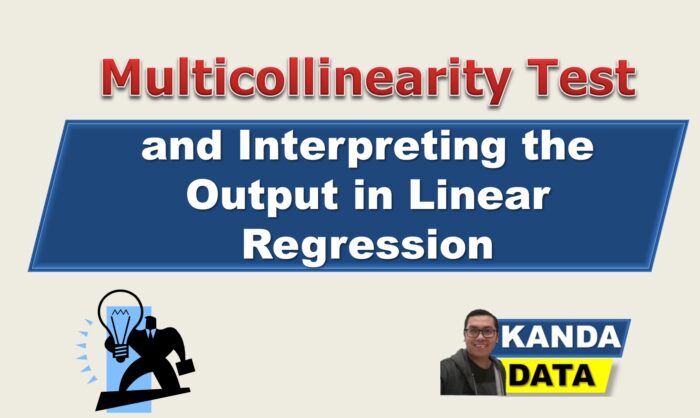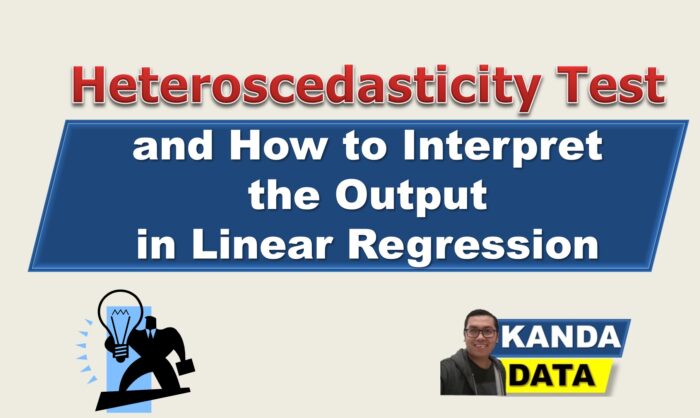Blog
Regression Assumption Test: How and Why to Do?
Incidentally, the topic that I will discuss this time is the linear regression assumption test using the ordinary least square method. “Why do we have to use the linear regression assumption test? Can I directly do a regression analysis?” To answer this question, you need to go back a little bit by turning page after page from a book on econometric theory or socio-economic statistics, okay? One of the main points that you need to pay attention to is that you are doing an estimate when you analyze research data and then choose regression as an analysis tool.
“Is this related?” of course, they are related! Estimation means that you estimate using statistical rules. Estimates determine whether data is one time with many objects as we know it with cross-section data and data for one object over several periods, which we are familiar with calling time series data. In making estimates, most of them use the OLS method.
OLS regression method, the estimation is done with the least-squares value that cannot be separated from the regression assumption test that must be met. If a regression model does not meet the required assumptions, it will result in biased and inconsistent estimates. Biased estimates will lead to our potential to be wrong in making decisions.
Here, I’ll give you an example so you can understand better! For example, a manager is asked by his boss to increase company profits. The manager was planning to increase the selling price of the product. Then, for example, you are trusted to be a consultant for the company, then what recommendations will you give to the manager?
For example, you then collect monthly product price and sales data from that company for the last five years. You analyze the data using linear regression, but the results do not meet the requirements after testing the assumptions. Because you are pressed for time, you try to force it to be analyzed as usual. For example, the analysis results turn out to have a significant effect, and the direction of the coefficient is positive; you can give inaccurate recommendations if you give recommendations to increase prices without calculating because you see the direction of the coefficient is positive.
A negative coefficient means that if the price increases, it will reduce sales. If the effect is statistically significant, in theory, and empirical experience, the direction of the coefficient should be negative, right? You, as a consultant, may be able to check the data and fulfill the required assumptions. In addition, you also need to look at other alternative sources for analysis, such as minimizing costs to increase profits or other appropriate recommendations.
So why do we need to do a regression assumption test on the OLS regression method? The answer is that the estimation results are not biased, and the results are consistent. This term is known as the Best Linear Unbiased Estimator (BLUE) in econometric books.
You may be asked again. “How to do a regression assumption test?” The assumption test in the OLS regression method can be conducted on simple linear regression or multiple linear regression. You also need to know, besides OLS, there are other methods, namely 2SLS, 3SLS, and others. Come on, open the econometrics book again! 😊
There are more than ten assumptions when referring to one econometric reference book regarding the assumption of linear regression of the OLS method. The minimum regression assumption tests that need to be conducted are:
- Normality Test (simple and multiple linear regression)
- Heteroscedasticity test (simple and multiple linear regression)
- Linearity Test (simple and multiple linear regression)
- Multicollinearity test (multiple linear regression)
- Autocorrelation test (time series data)
So, a regression assumption test needs to do when choosing linear regression with the OLS method. Regarding a more in-depth explanation, I will review it in the next article!
2 comments
Leave a Reply
You must be logged in to post a comment.




Pingback: Uji Autokorelasi pada Data Time Series Regresi Linier - KANDA DATA
Pingback: How to Transform Natural Logarithm (ln) and Reverse (anti-Ln) in Excel - KANDA DATA